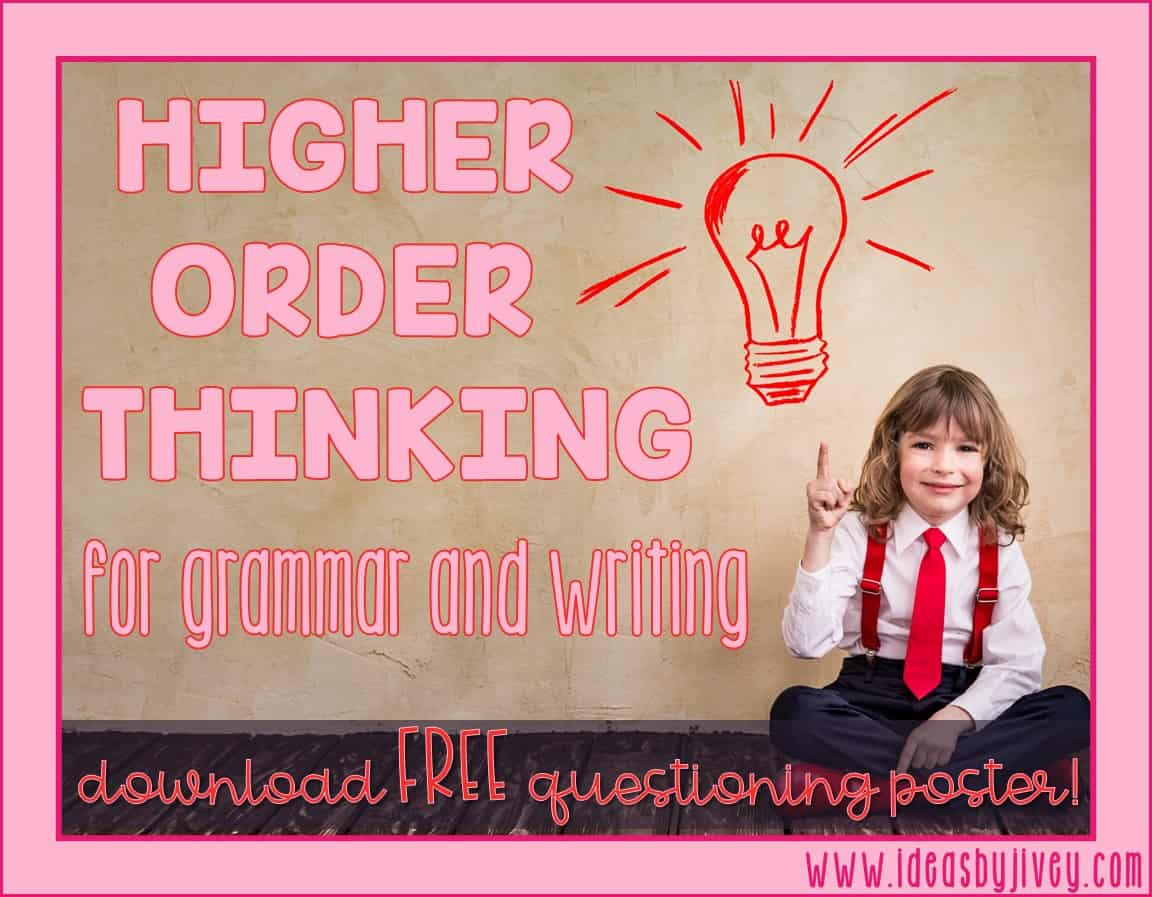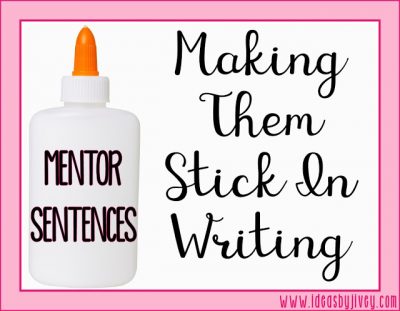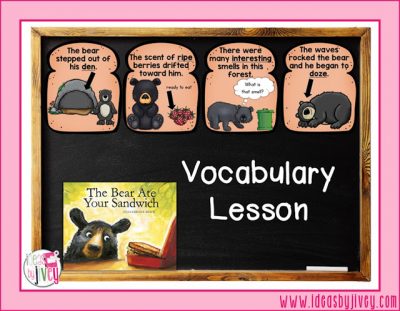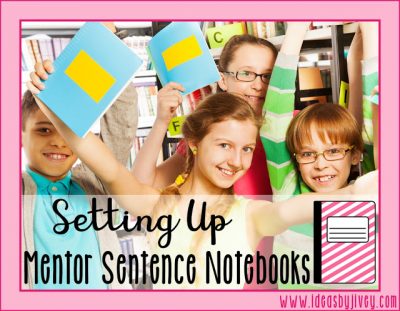
Weaving Mentor Sentences into Your Writing Workshop: Persuasive Writing
Persuasive writing is arguably one of the toughest writing genres to teach. One of the most effective ways to teach this skill is through the

Persuasive writing is arguably one of the toughest writing genres to teach. One of the most effective ways to teach this skill is through the

We don’t often think of using higher order thinking questions, or Bloom’s Taxonomy above level 1 and 2, within grammar and writing instruction. In fact,

I am often asked by people who use mentor sentences, “How can I get the kids to carry these skills over into their writing?” Remember,

I am teaming up with The Reading Crew to bring you all you need to teach some amazing mentor text lessons this fall! The Bear

Have you been wondering how you should set up student mentor sentence notebooks? **Disclaimer: How you set up your notebook should match your organizational

If you’ve been considering using mentor sentences and need more proof than the feedback you read on TpT, this is the post for you! If